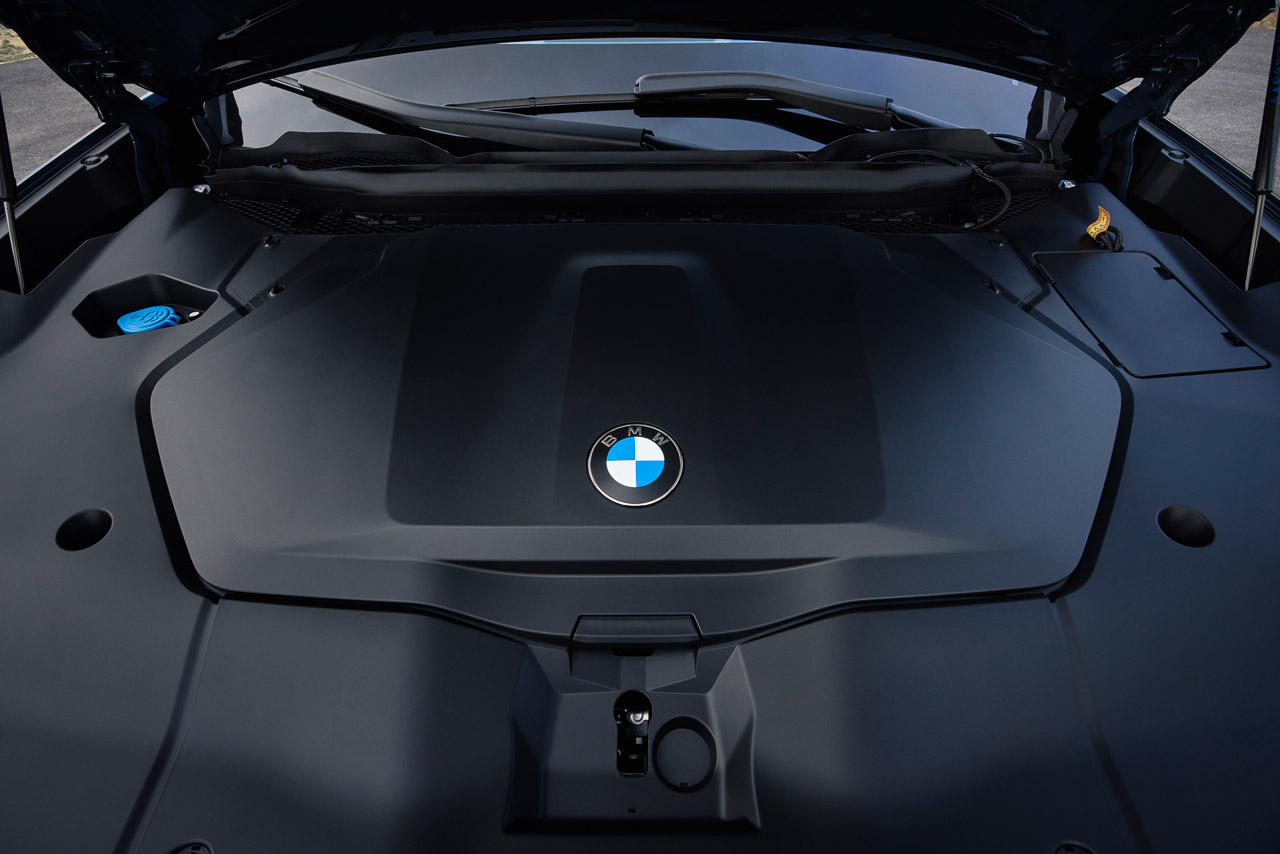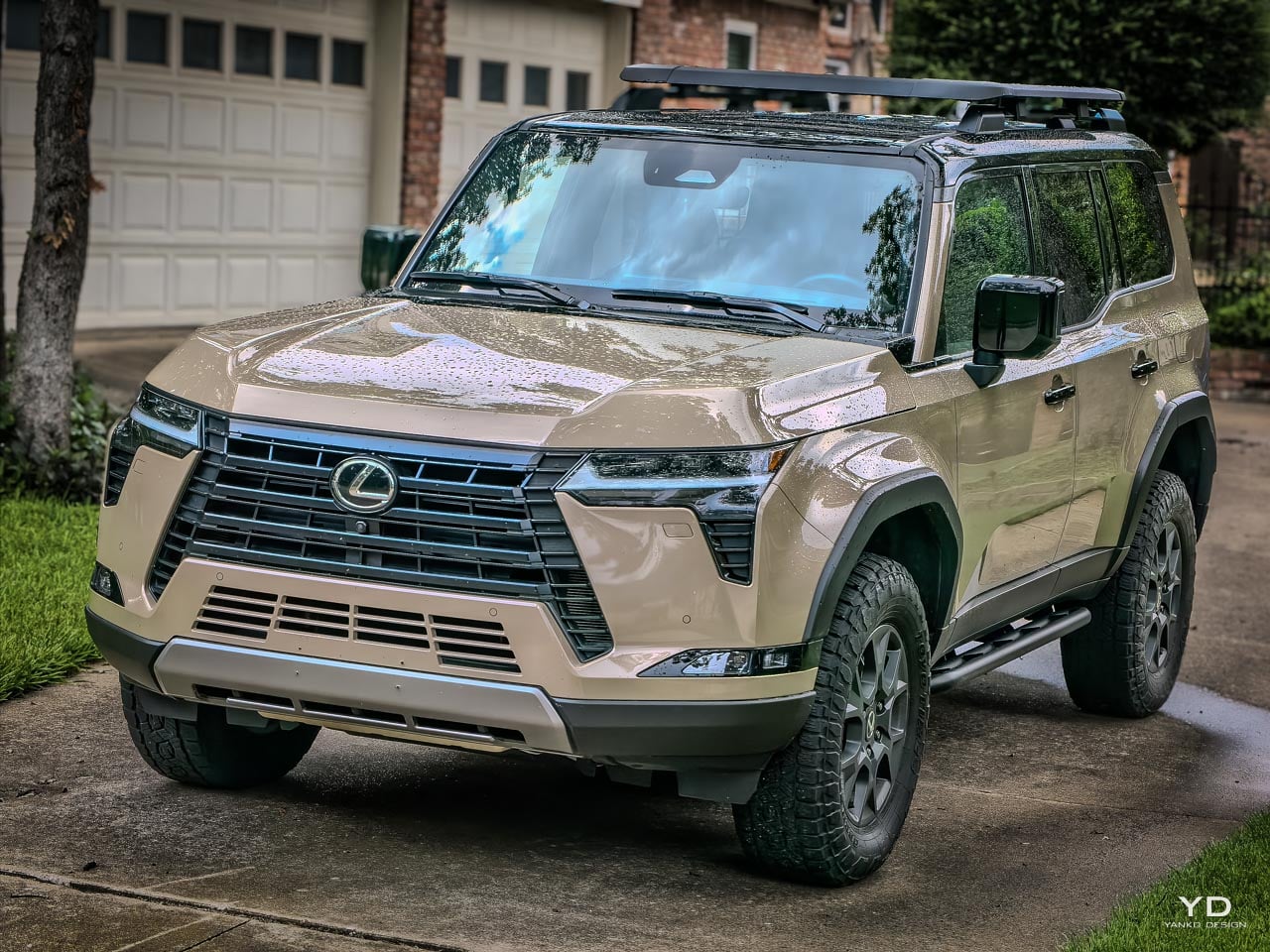
October 2025 marks a pivotal moment in automotive design, where traditional luxury meets radical innovation. This month’s standout designs represent everything from AI-powered personal mobility to ultra-premium craftsmanship that defies efficiency trends. These vehicles showcase how designers are reimagining transportation for diverse needs, from weekend adventurers to accessibility advocates to luxury purists who refuse to compromise in their pursuit of automotive excellence.
The ten vehicles featured this month demonstrate remarkable diversity in approach and philosophy. Each design addresses specific user challenges while pushing creative boundaries beyond traditional vehicle categories. From modular urban mobility solutions to heritage-inspired sports car concepts, these automotive designs prove that innovation thrives when designers focus on solving real-world problems rather than following established industry conventions and market expectations.
1. 2025 Lexus GX 550 Overtrail
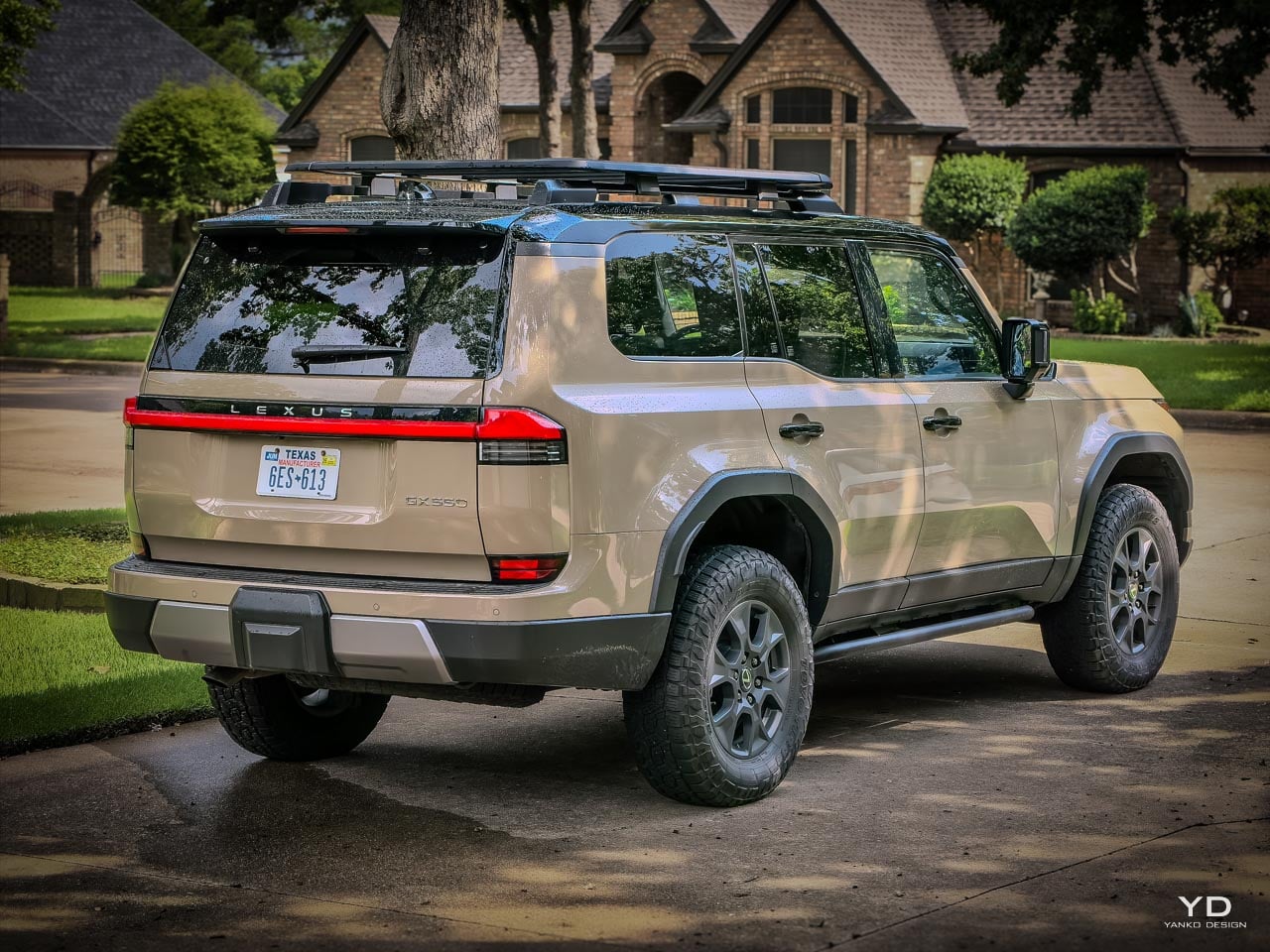
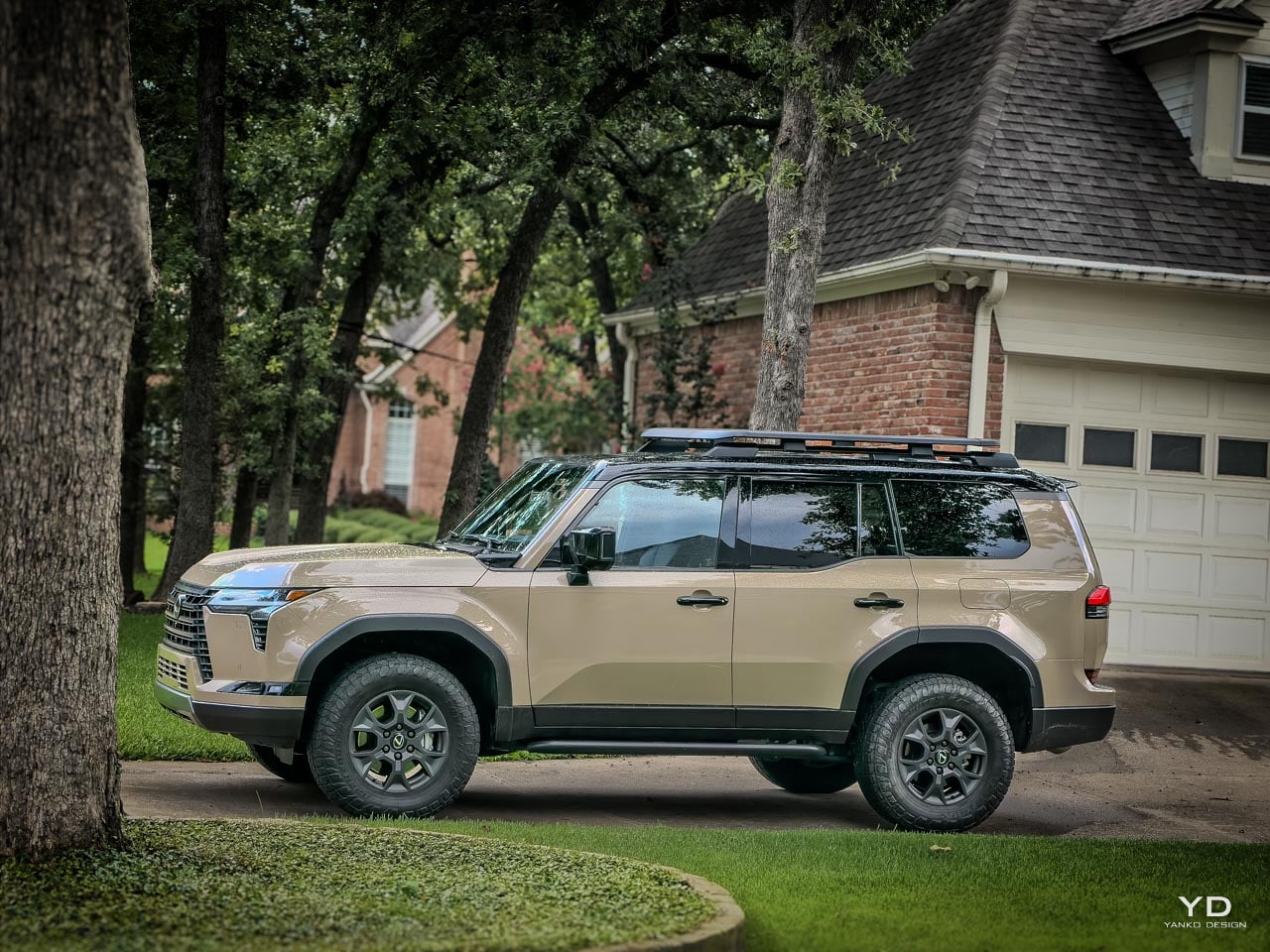
The GX 550 Overtrail commands attention without apology. Built on Toyota’s legendary GA-F platform but elevated with premium materials and advanced technology, this SUV targets affluent families who refuse to choose between weekend adventures and weekday refinement. The Overtrail configuration sits noticeably higher than standard GX models thanks to the one-inch suspension lift, creating a commanding presence that communicates serious capability rather than sleek efficiency.
Every angle communicates capability over sleekness, separating it from rounded luxury SUVs chasing wind tunnel numbers. The proportions feel deliberate, with classic cabin-back design putting passengers behind the front axle line. This SUV doesn’t apologize for being tall or boxy, and that confidence becomes its greatest design asset. The elevated stance and purposeful lines create visual drama that matches the vehicle’s off-road credentials.
What we like
- Commanding presence with purposeful, capability-focused design language.
- Premium materials and luxury appointments elevate the adventure experience.
What we dislike
- Boxy silhouette compromises aerodynamic efficiency for highway fuel economy.
- Higher ride height may challenge entry/exit for some family members.
2. POTRIK
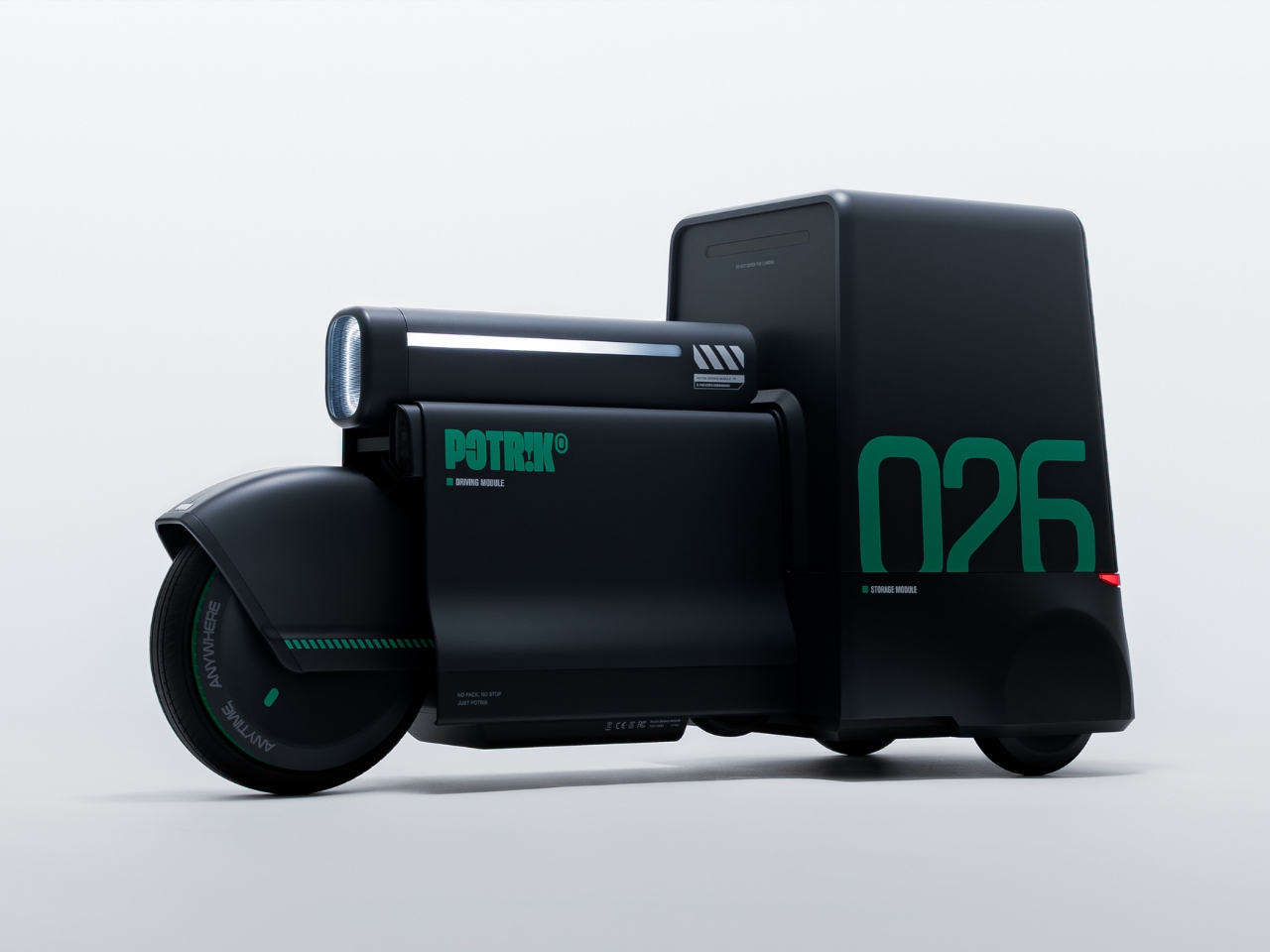
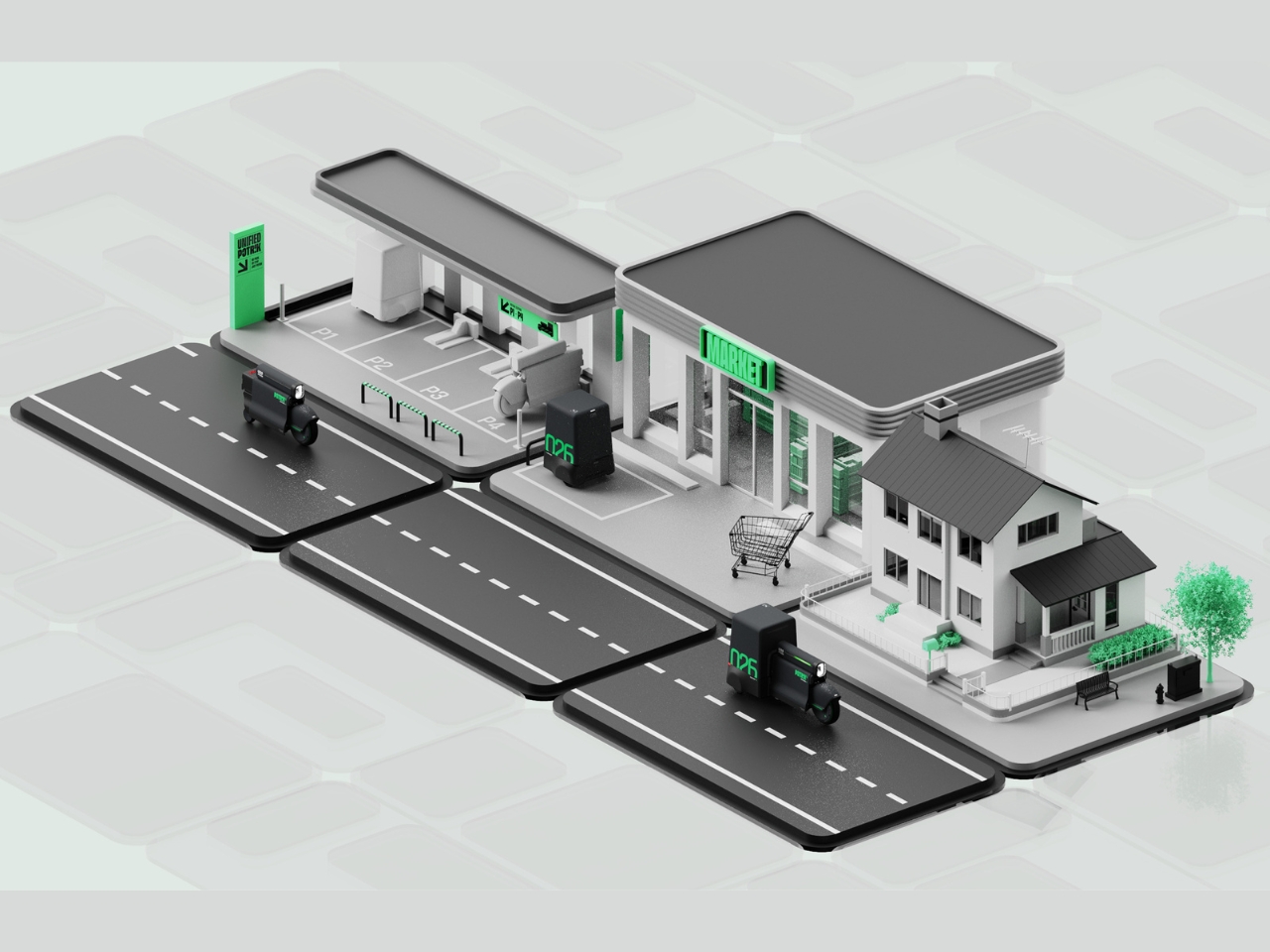
POTRIK reimagines urban mobility through modular design thinking. Created by Yungwon Kang, Jueun Lee, Hyeonji Yang, Hyeongjoon Joo, and Hyogyeong Park, this concept tackles the hassle of carrying heavy shopping bags and making last-minute stops after errands. The system consists of two primary components: the Driving Module and the Storage Module, which connect seamlessly to form a single mobility unit for transporting belongings across the city.
The modular approach allows the system to move between roads and sidewalks with remarkable flexibility. When you need to send something, a simple app request sets everything in motion. The Driving Module waits at city charging stations and connects with loaded Storage Modules at departure points. This design philosophy prioritizes function over form, creating a utilitarian aesthetic that communicates purpose and efficiency rather than traditional automotive luxury.
What we like
- Modular design allows flexible deployment across various urban transportation needs.
- App-based system integration makes the mobility service accessible and user-friendly.
What we dislike
- Utilitarian aesthetic may lack visual appeal compared to traditional vehicles.
- The system relies heavily on infrastructure investment for charging stations and connectivity.
3. Coachmen RVEX
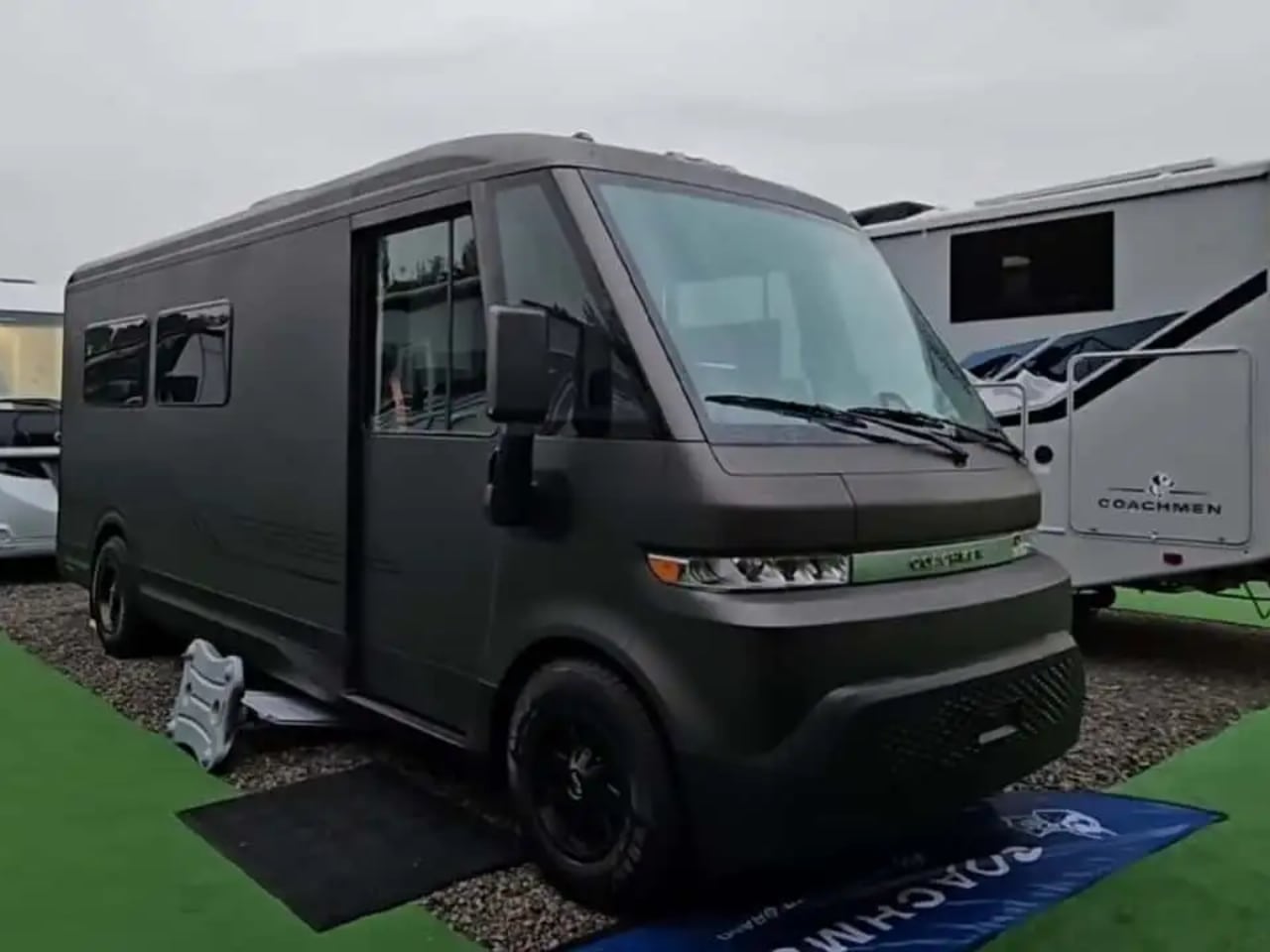
The RVEX makes no apologies for its boxy, utilitarian silhouette built on GM’s BrightDrop delivery van platform. Coachmen retained the angular commercial van profile because it maximizes interior volume and simplifies the buildout process. Where traditional RVs waste space with rounded edges and decorative molding, the RVEX uses every cubic inch for living space or storage. The estimated 270-mile range and $150,000 price point put electric van life within reach for practical adventurers.
Large side windows flood the interior with natural light, representing a significant upgrade from windowless cargo vans serving package delivery fleets. The exterior maintains BrightDrop’s distinctive front end with a wide windscreen and modern LED lighting signature. The design language reads purposeful rather than sleek, which makes perfect sense for a vehicle targeting practical adventurers over luxury travelers. Function drives every design decision, from the maximized interior space to the straightforward exterior lines.
What we like
- Maximized interior volume through efficient use of an angular commercial van platform.
- Competitive $150,000 price point makes the electric RV lifestyle more accessible.
What we dislike
- Utilitarian commercial van aesthetics lack the traditional RV appeal many buyers expect.
- Boxy silhouette creates significant wind resistance that could impact stated range figures.
4. Trego
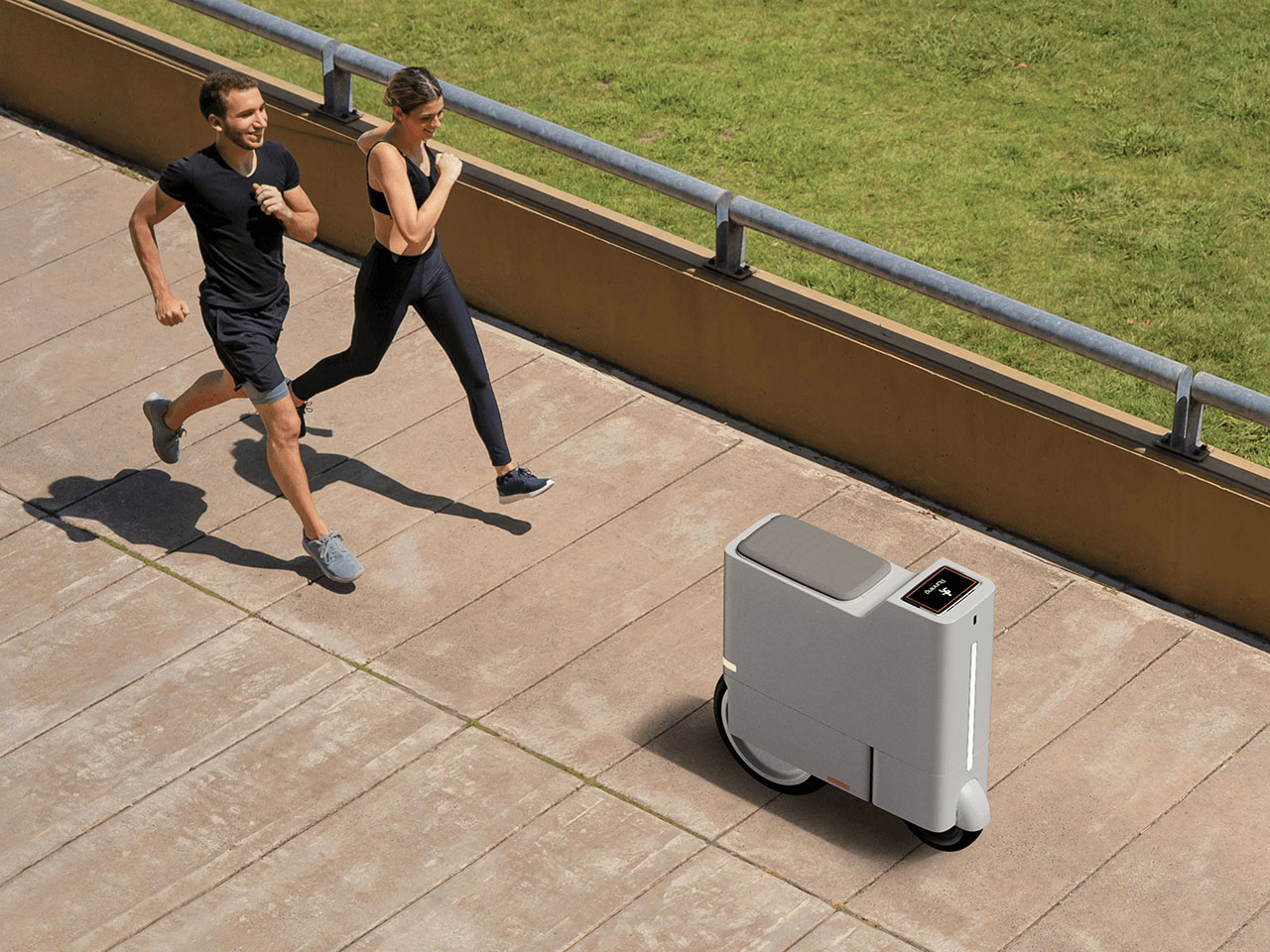
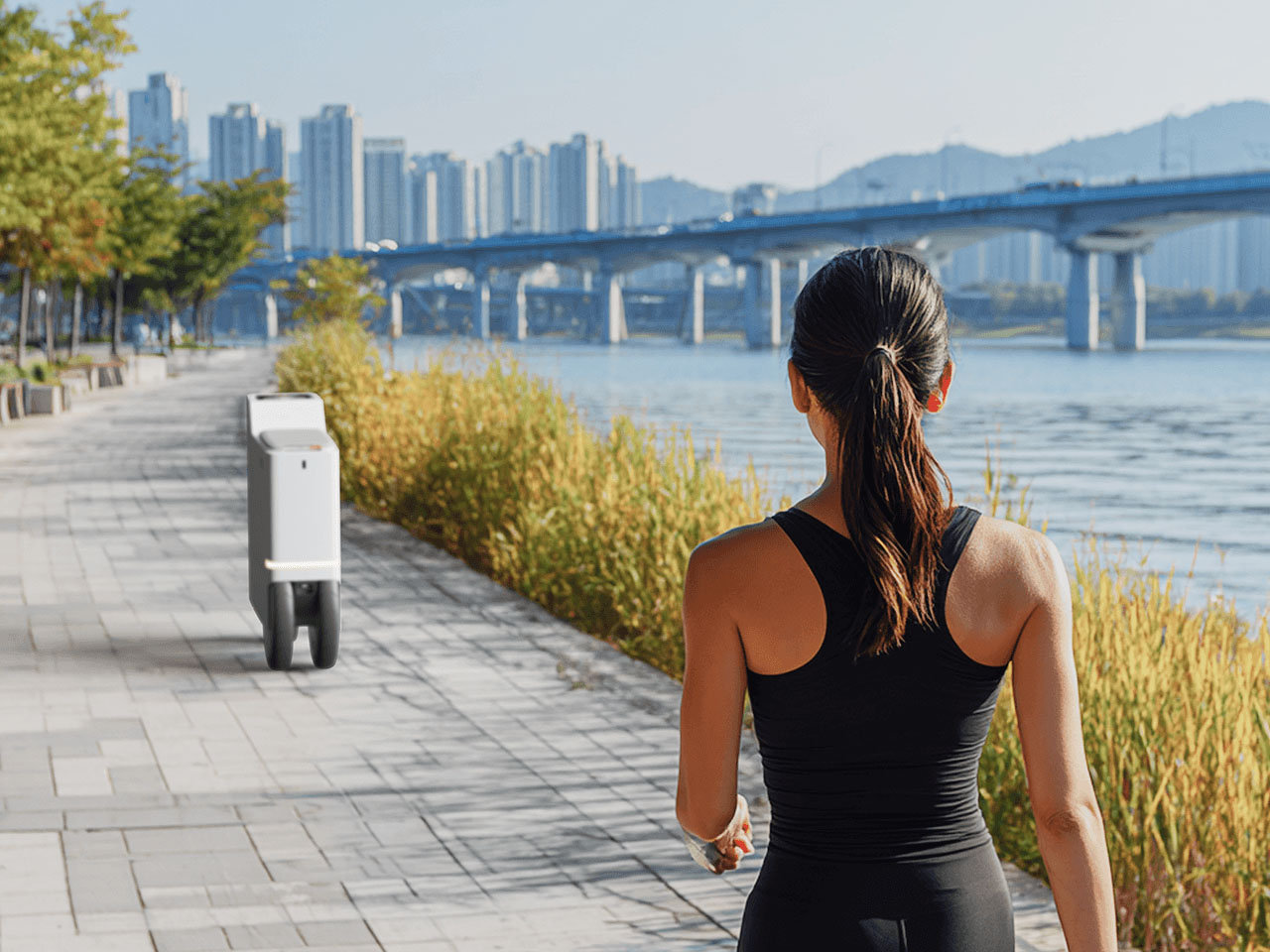
Trego transforms personal fitness coaching into a mobility solution through intelligent design integration. This autonomous personal commuter serves as your coach during runs or outdoor exercise, then converts into a mini scooter for the return journey home. The AI-powered vehicle handles most tasks autonomously, from guiding users through outdoor workouts to providing mobility mode transportation. The concept addresses the practical challenge of getting to preferred running locations without burning calories before the actual workout begins.
When mobility mode activates, foldable handlebars and footrests emerge from the housing for comfortable riding. The section above the handlebars features a built-in display showing running data, including distance traveled, real-time pace, and calories burned. Safety systems include front and rear cameras plus sensors with 360-degree obstacle avoidance technology. The design seamlessly transitions between fitness companion and transportation device, creating a truly multifunctional personal mobility solution.
What we like
- Dual-purpose design combines fitness coaching with practical transportation needs.
- Advanced AI integration provides autonomous operation and comprehensive safety features.
What we dislike
- Complex mechanical folding systems may require frequent maintenance and adjustments.
- Limited payload capacity restricts carrying additional items beyond basic personal belongings.
5. Exoquad V2
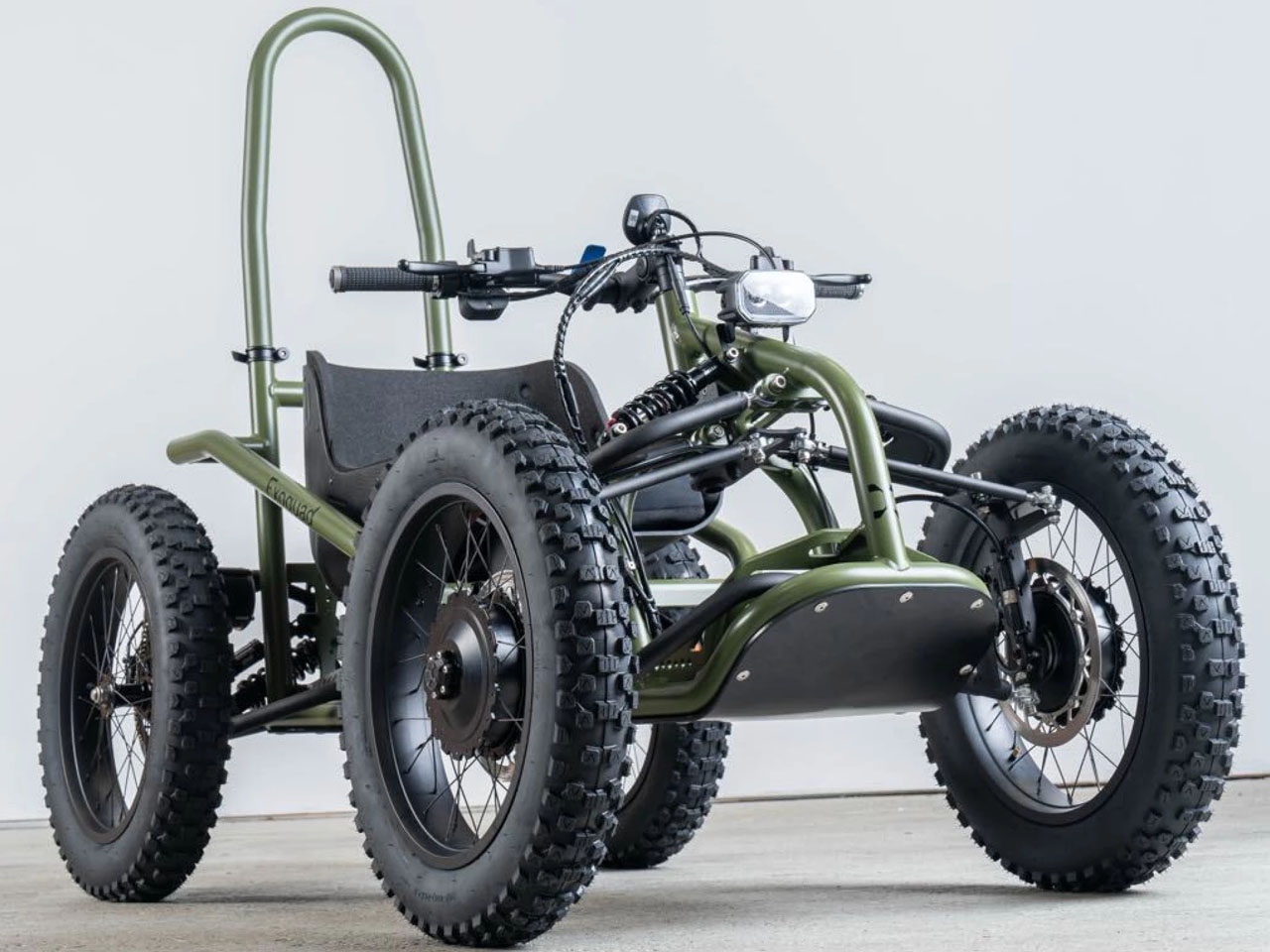
The Exoquad V2 brings outdoor adventure freedom to wheelchair users through thoughtful, inclusive design. Founded by outdoor enthusiasts Mattias Storvestre and Sigurd Groven, this Norwegian startup believes wheelchair restrictions shouldn’t limit outdoor mobility options. The V2 version offers two or four-hub motor configurations, with the 2WD powered by two 3.5-kW rear hub motors producing 140 lb-ft torque, while the 4WD version delivers 60 Nm/44 lb-ft torque across all wheels.
The compact ATV design includes a special rear mount for carrying wheelchairs without worry. Little visual modification occurred between generations, but improved features make the V2 an even better proposition for adventurous users. The design philosophy prioritizes capability and accessibility over aesthetic flourishes, creating a purposeful vehicle that expands outdoor possibilities for users who typically face significant mobility restrictions in natural environments.
What we like
- Inclusive design expands outdoor adventure access for wheelchair users previously limited by terrain.
- Dual motor configuration options allow buyers to choose appropriate power levels for intended use.
What we dislike
- Compact size may limit passenger comfort during extended outdoor adventures.
- Specialized market focus restricts broader commercial appeal and potential cost reduction through volume.
6. Mercedes-Maybach V12 Edition
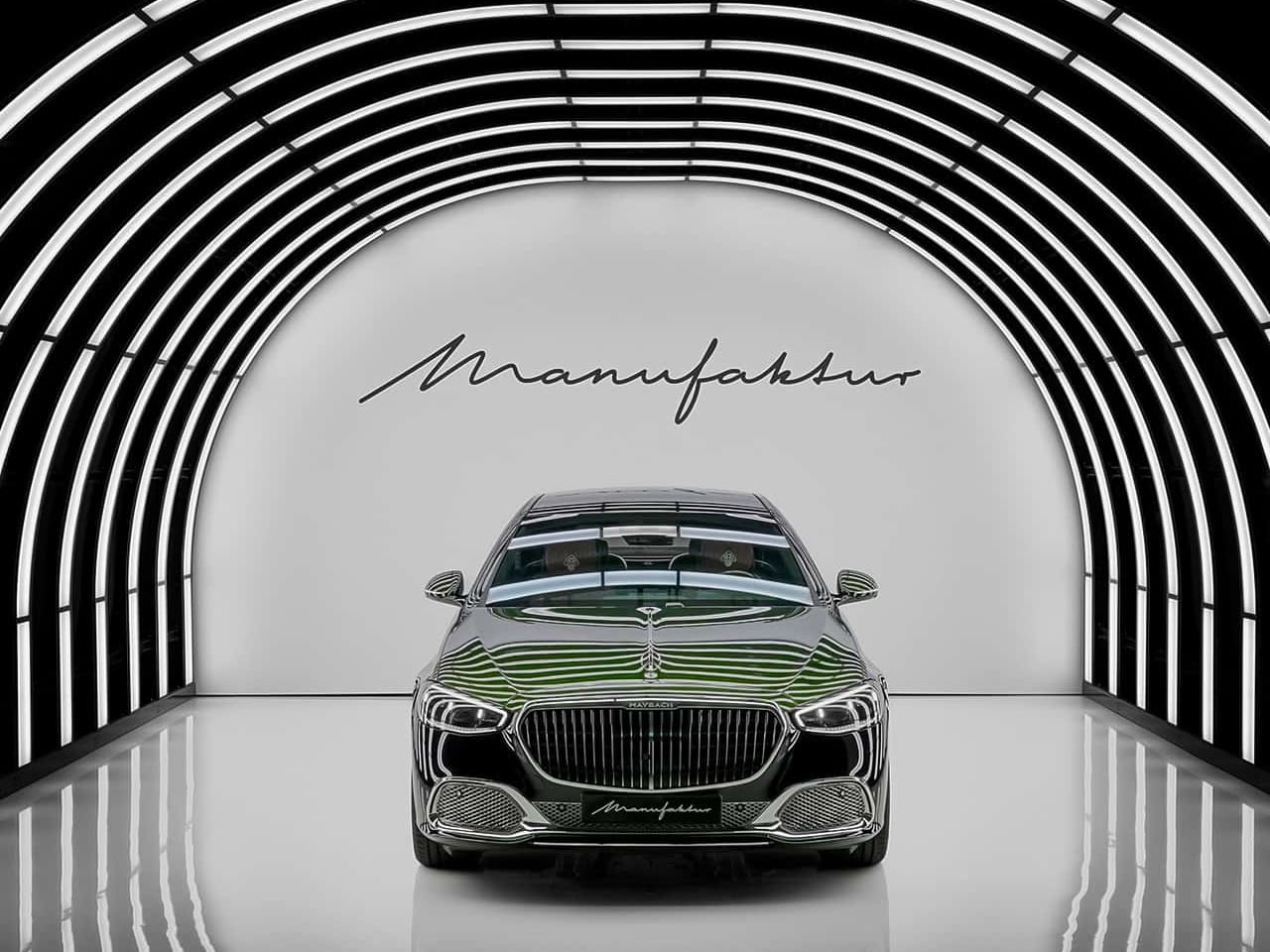
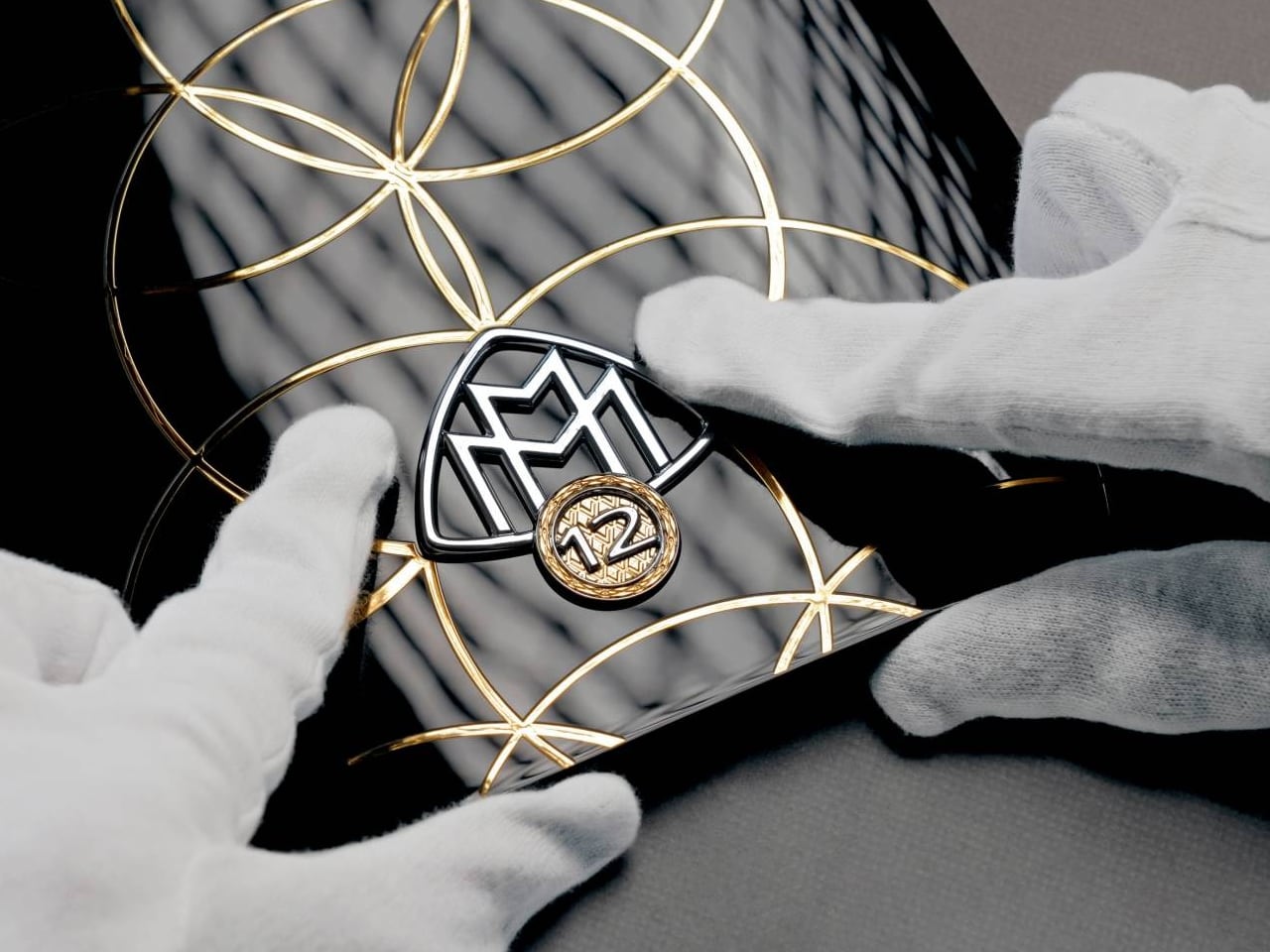
The V12 Edition refuses to apologize for existing in an efficiency-obsessed automotive landscape. This exclusive edition features 24-carat gold medallions and arrives when most luxury brands chase efficiency metrics and government incentives. Mercedes created automotive jewelry that consumes premium fuel with champagne gala abandon. The cost exceeds what most people earn in five years, all to celebrate an engine configuration that refuses to die quietly despite environmental pressures.
The C-pillar double-M sits inside a 24-carat gold medal ring with diamond engraving, while matching 24-carat gold inlay carries a fine V-pattern echoing the cylinder layout. The motif nods to the Maybach Zeppelin DS 8 hood ornament heritage. These accents serve absolutely no functional purpose beyond announcing that the owner values craftsmanship over common sense. The design represents pure luxury expression without compromise or apology.
What we like
- Uncompromising luxury craftsmanship with 24-carat gold details creates an ultimate exclusivity statement.
- Heritage-inspired design elements connect modern luxury to historical Maybach automotive excellence.
What we dislike
- Excessive fuel consumption conflicts with contemporary environmental responsibility expectations.
- Astronomical pricing limits accessibility to all but the most affluent luxury vehicle buyers.
7. BMW iX3 Neue Klasse
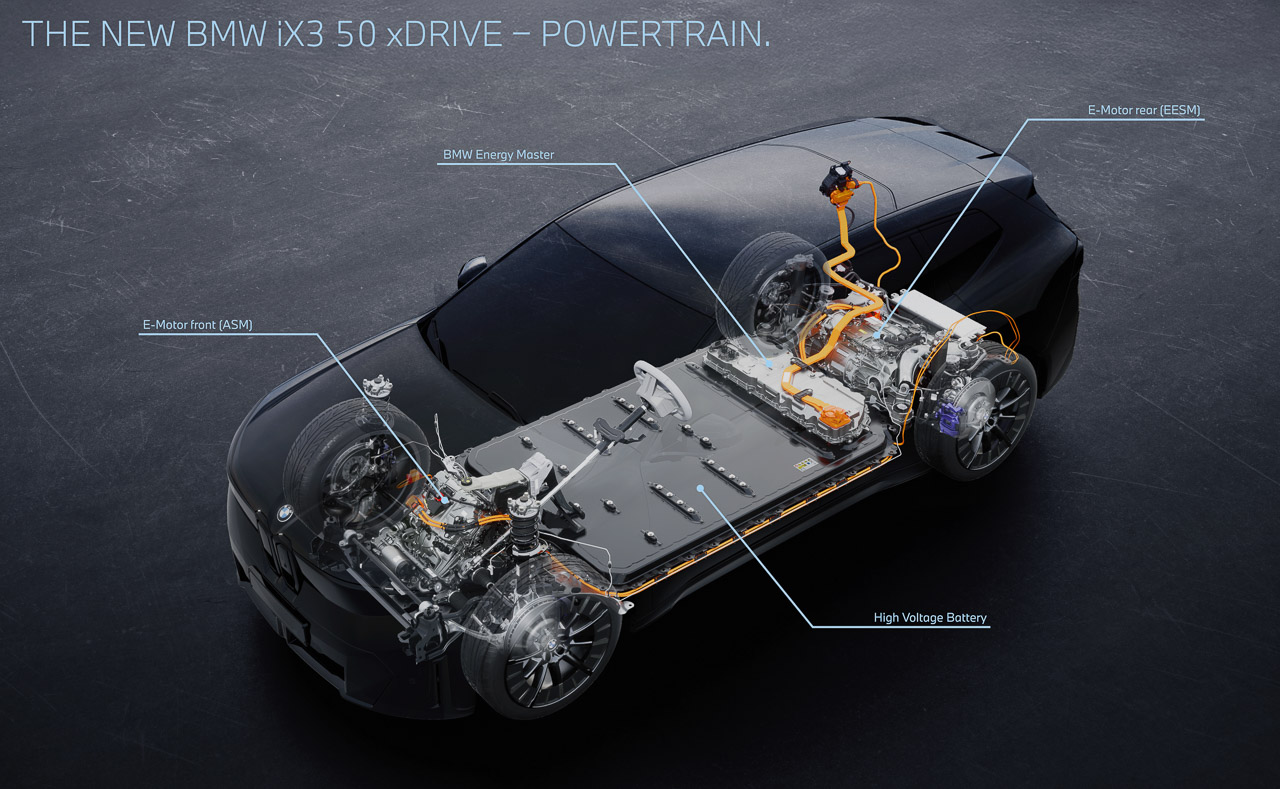
The iX3 Neue Klasse targets Tesla Model Y weak spots through advanced charging technology and dynamic performance. BMW’s first production 800-volt charging system enables 400kW DC charging speeds that add 350km range in 10 minutes. Two electric motors drive all four wheels with a maximum power of 345kW (469 horsepower) and 645 Newton-meters torque, accelerating from 0-100km/h in under five seconds. The 108kWh high-voltage battery delivers over 800km maximum range while achieving the lowest energy consumption in BMW history.
The Heart of Joy control unit coordinates all driving dynamics through BMW Dynamic Performance Control software, managing acceleration, braking, and regenerative recovery with unprecedented smoothness and efficiency. The design philosophy balances performance with sustainability, creating an electric vehicle that doesn’t compromise driving dynamics for environmental credentials. Advanced technology integration supports both immediate performance needs and long-term charging convenience for daily users.
What we like
- Revolutionary 400kW charging speed addresses range anxiety with practical 10-minute charging sessions.
- Superior 800km range and low energy consumption combine efficiency with real-world usability.
What we dislike
- Advanced 800-volt charging infrastructure remains limited compared to standard DC charging networks.
- Premium pricing may limit broader market adoption despite competitive Tesla Model Y positioning.
8. Nissan 500SX Concept
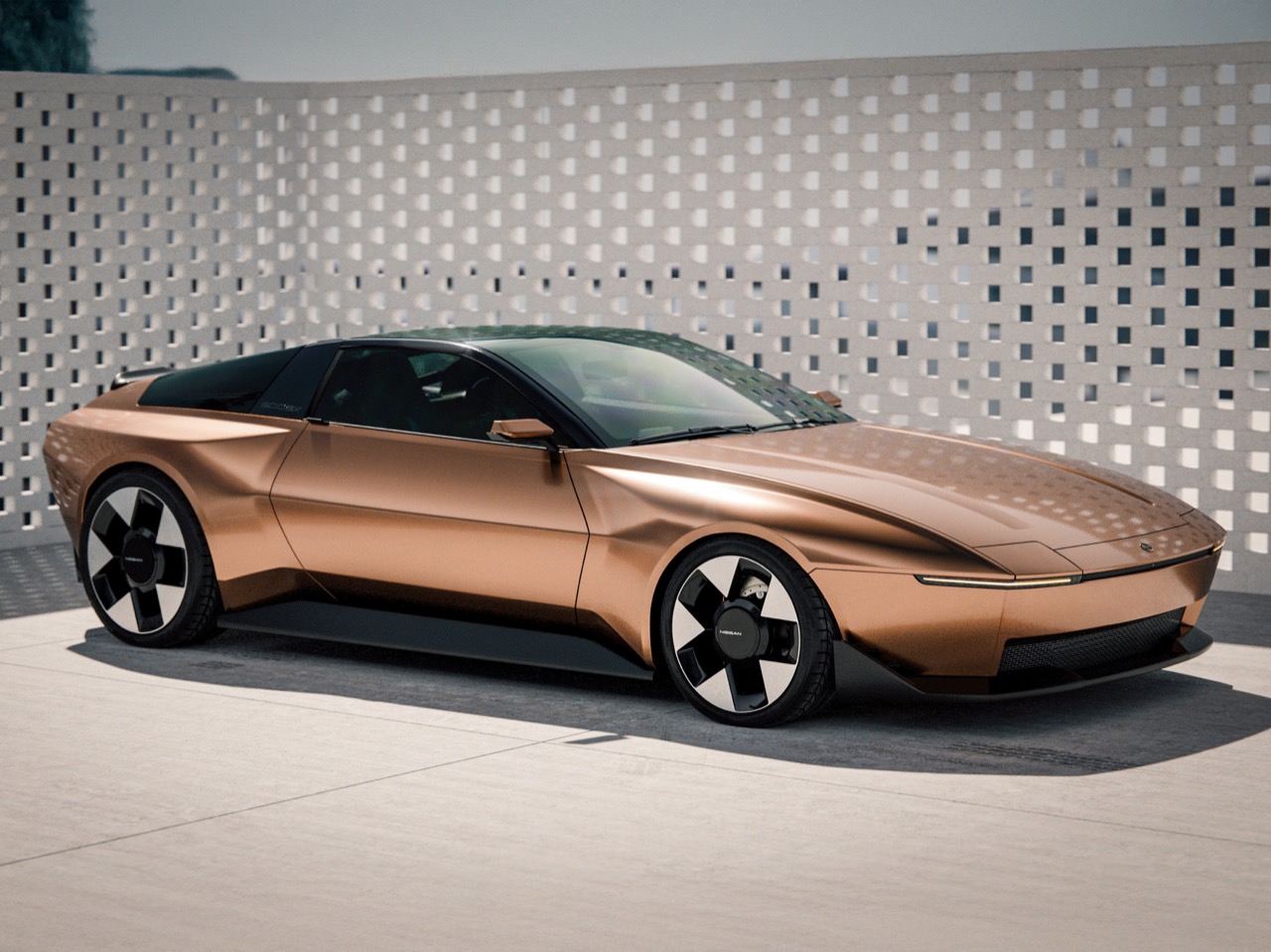
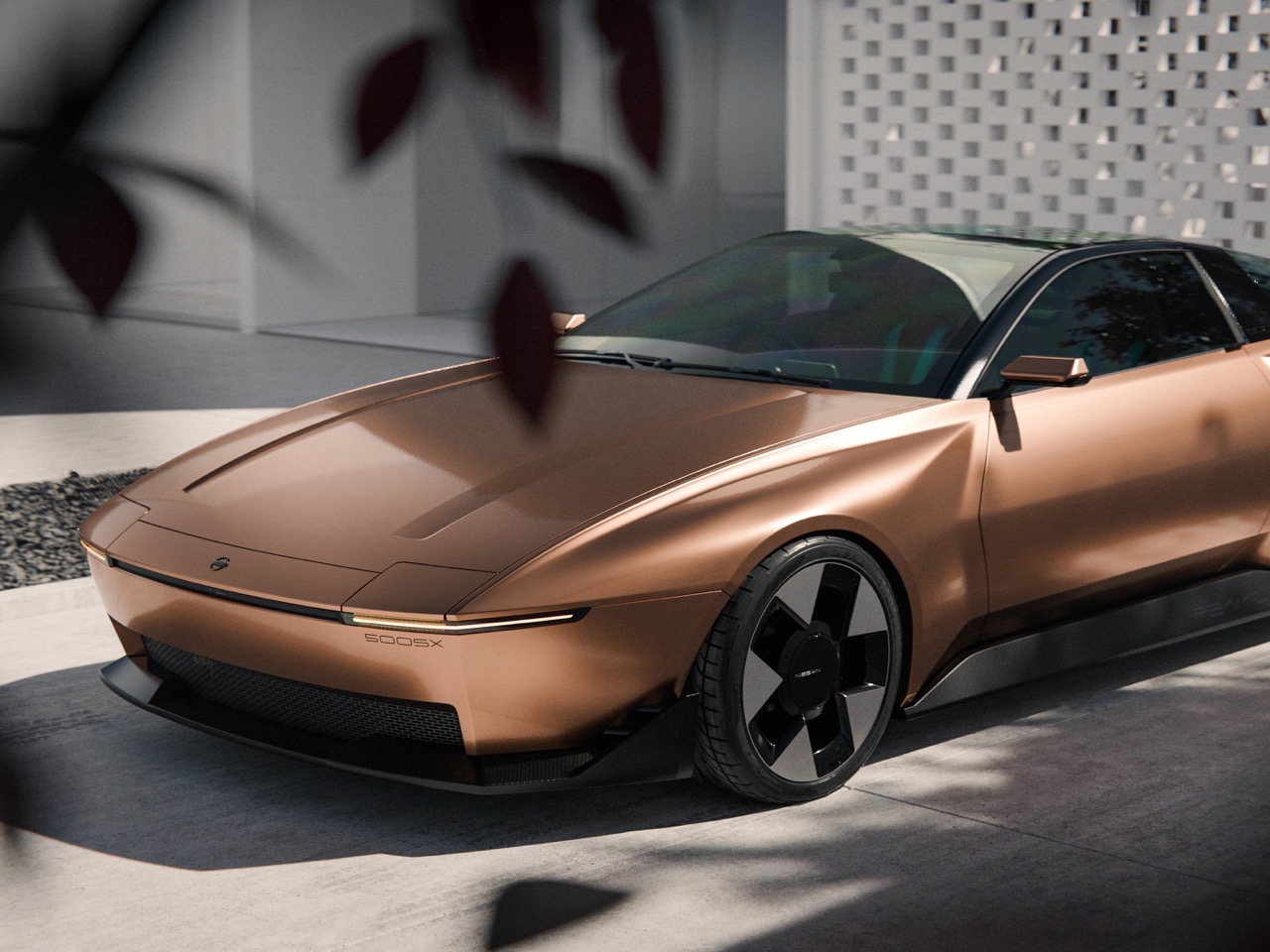
Valentin Komkov’s 500SX concept bridges automotive eras through thoughtful heritage interpretation. While most retro-inspired concepts feel like awkward cosplay, the 500SX channels legendary 180SX spirit without becoming a tribute band version. The copper-bronze sculpture on turbine-inspired wheels represents a deeply thoughtful exploration of what made Nissans special during their golden era and what could make them special again. The concept extracts Nissan’s design DNA and evolves it forward rather than simply recycling nostalgic elements.
The design reads architectural rather than purely automotive, like finding classic building blueprints and reimagining them with modern materials and techniques. This approach creates visual drama without relying on retro clichés or obvious nostalgic references. The 500SX demonstrates how heritage-inspired design can feel fresh and forward-thinking while respecting the emotional connection enthusiasts have with iconic predecessors. The concept successfully balances respect for automotive history with contemporary design innovation.
What we like
- Heritage-inspired design evolution feels fresh and forward-thinking rather than nostalgic and derivative.
- Architectural design approach creates visual drama through sophisticated material and proportion choices.
What we dislike
- Concept status means production feasibility remains uncertain despite compelling design execution.
- Niche sports car market appeal may limit commercial viability for mainstream automotive production.
9. 2026 Audi A6 Sedan
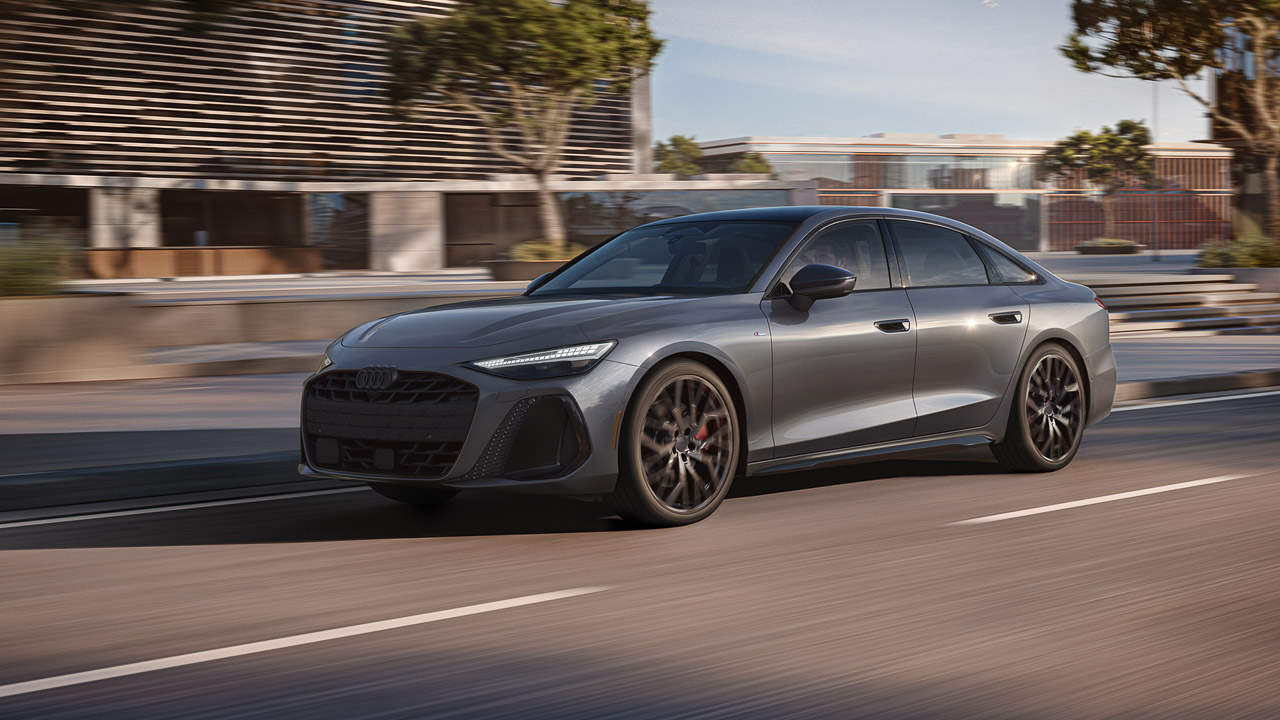
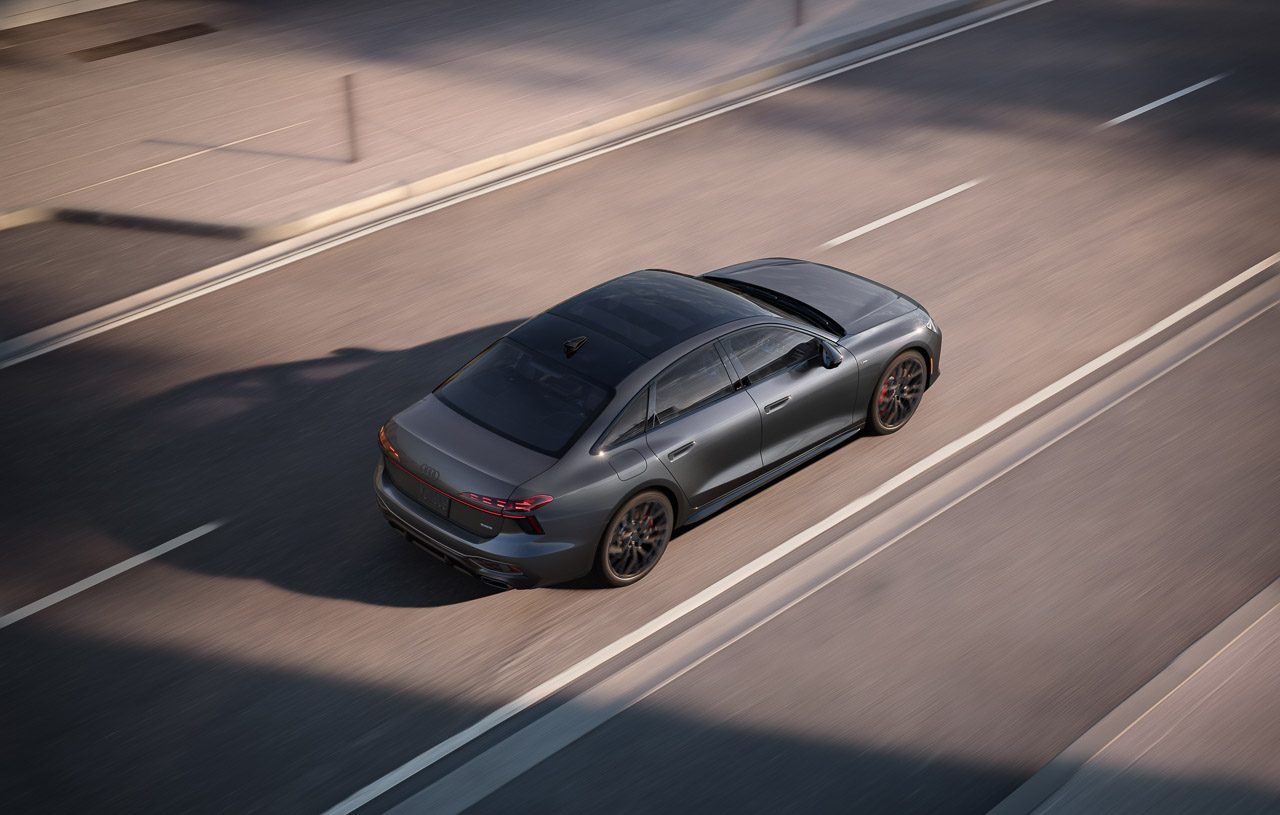
The ninth-generation A6 fundamentally reimagines traditional sedan proportions through advanced computational fluid dynamics, achieving a record 0.23 drag coefficient. Sweeping window curves flow elegantly from front side windows into fixed rear glass without interruption, while wide tracks and distinctive quattro blisters emerge powerfully from shoulder areas. Active grille shutters automatically close at highway speeds to minimize wind resistance, while three-dimensionally modeled air curtains beneath headlights channel airflow smoothly around the vehicle body.
The low-positioned Singleframe grille extends dramatically to the lower bumper edge, with sleek LED headlights framing prominently positioned Audi rings for immediate brand recognition. The elongated rear end slopes upward gracefully with Audi rings positioned high for premium presence. Continuous OLED light strips connect taillights while emphasizing impressive vehicle width. The design prioritizes aerodynamic efficiency without sacrificing Audi’s signature luxury presence or brand recognition elements.
What we like
- Record-breaking 0.23 drag coefficient delivers exceptional fuel efficiency without compromising luxury sedan presence.
- Advanced OLED lighting technology and seamless window integration create a sophisticated, premium aesthetic.
What we dislike
- Aerodynamic optimization may limit interior headroom compared to traditional sedan proportions.
- $64,100 starting price positions the vehicle above many competitors in the luxury sedan segment.
10. 2025 Toyota GR Corolla Premium
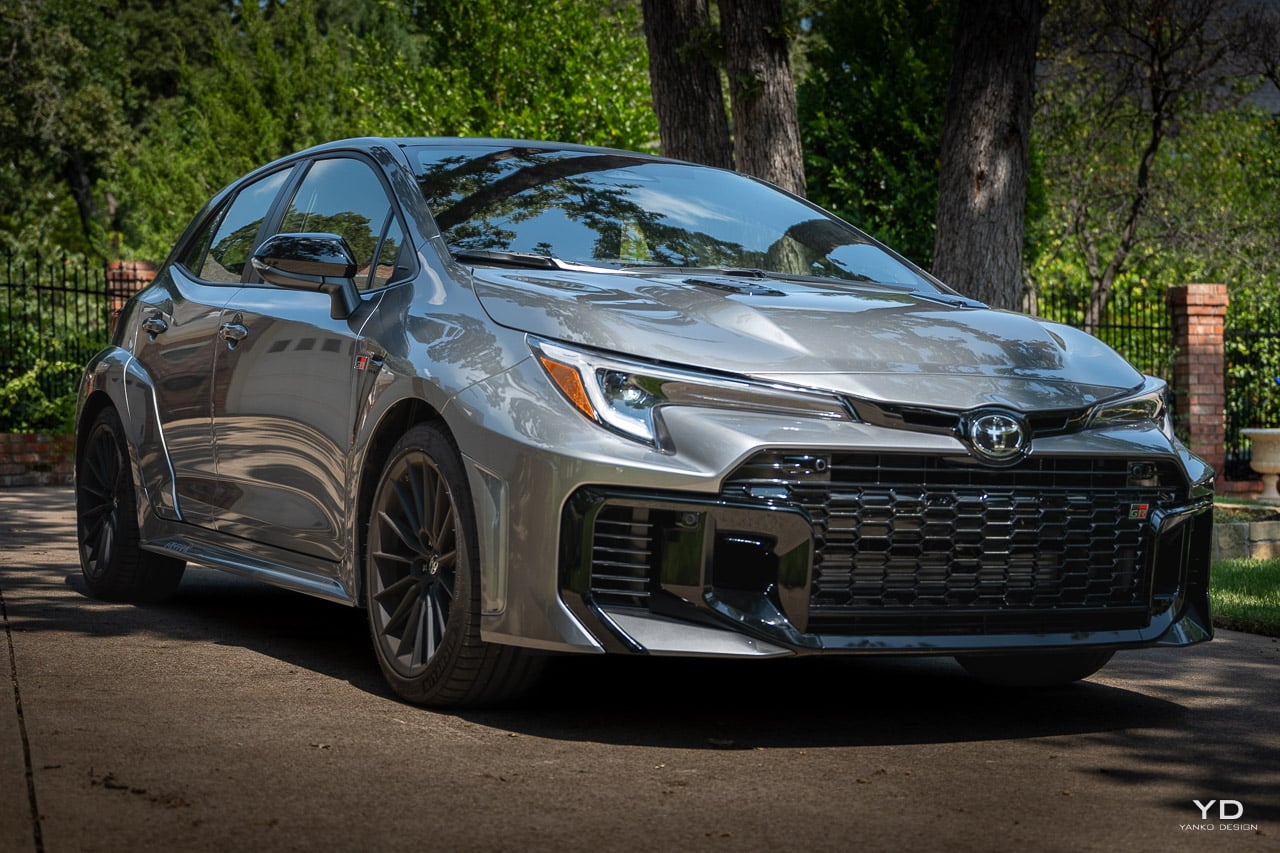
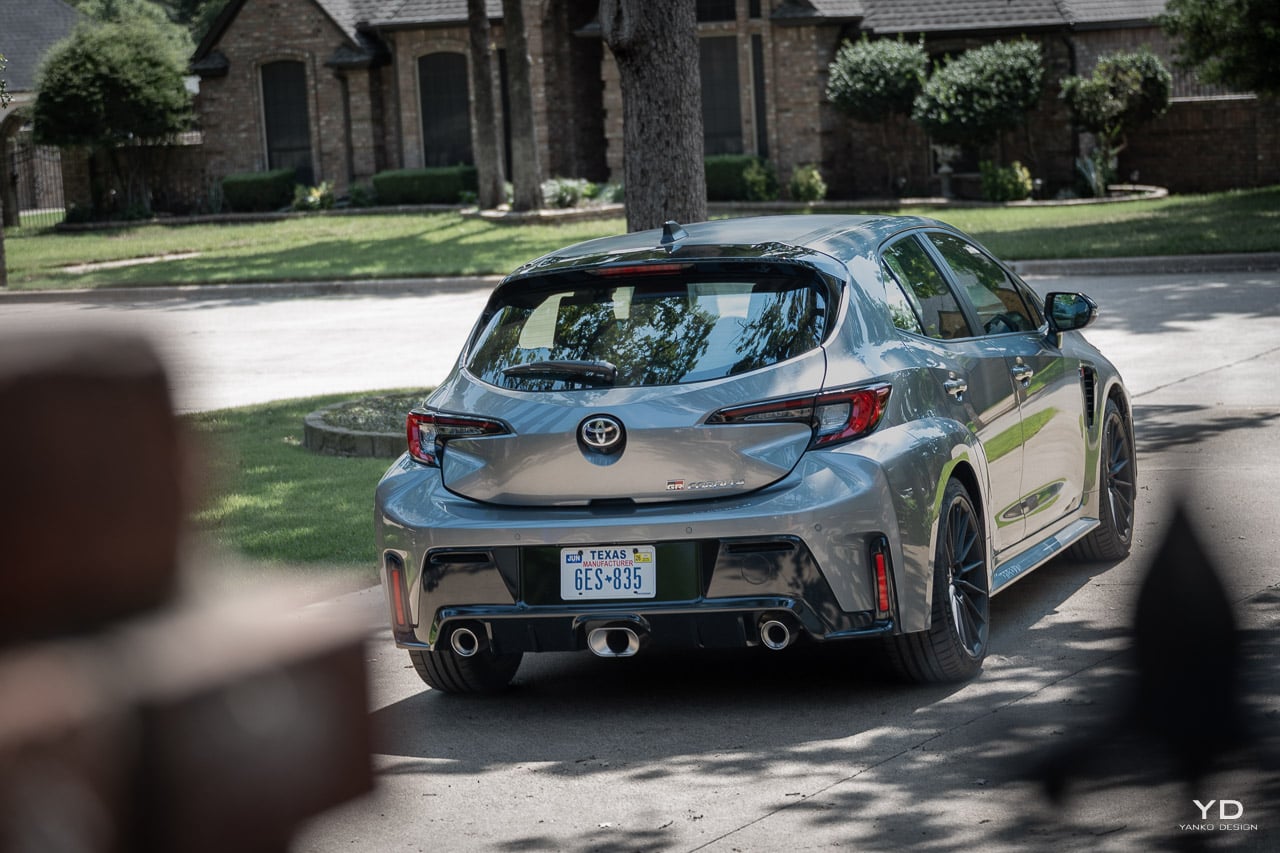
The GR Corolla manual makes you work harder and rewards every effort with pure driving joy. This top-tier hot hatch doesn’t give instant power like most modern cars, instead feeling sleepy below 3,000 RPM with all the urgency of a grocery-getter heading to Target. But climb past 3,000 RPM and feel the turbo kick in as the GR Corolla transforms from mild-mannered hatchback into something remarkable. This approach makes the GR Corolla different from instant-power performance cars.
The turbocharged 1.6-liter engine delivers power with deliberate build-up rather than immediate drama. Drop into first gear expecting instant gratification, and you’ll be disappointed. Keep climbing through the rev range and discover the rewarding character that separates true enthusiast vehicles from convenient transportation appliances. The manual transmission amplifies this experience, requiring driver engagement and skill development. The design philosophy celebrates the journey toward performance rather than delivering immediate satisfaction.
What we like
- Manual transmission and progressive power delivery create a rewarding driving experience for true enthusiasts.
- Turbocharged engine character builds excitement through rev range rather than delivering instant gratification.
What we dislikeke
- Sluggish low-RPM performance may frustrate drivers expecting immediate hot hatch acceleration.
- Manual-only availability limits appeal to buyers preferring automatic transmission convenience.
Design That Redefines Transportation
These ten automotive designs represent October 2025’s diverse approach to transportation challenges. From ultra-luxury craftsmanship to inclusive accessibility solutions, each design addresses specific user needs while pushing creative boundaries. The month showcases how automotive design continues evolving beyond traditional vehicle categories, embracing everything from AI integration to heritage interpretation that respects history while pushing forward.
Great automotive design serves both emotional and practical needs, creating solutions that enhance how we move through the world. These vehicles prove that innovation thrives when designers focus on solving real-world problems rather than following established conventions. October 2025 demonstrates that the future of automotive design lies in diversity, inclusivity, and the courage to challenge traditional automotive categories and expectations.
The post 10 Best Automotive Designs Of October 2025 first appeared on Yanko Design.
Read More . . .|
 | Tweet
| Tweet